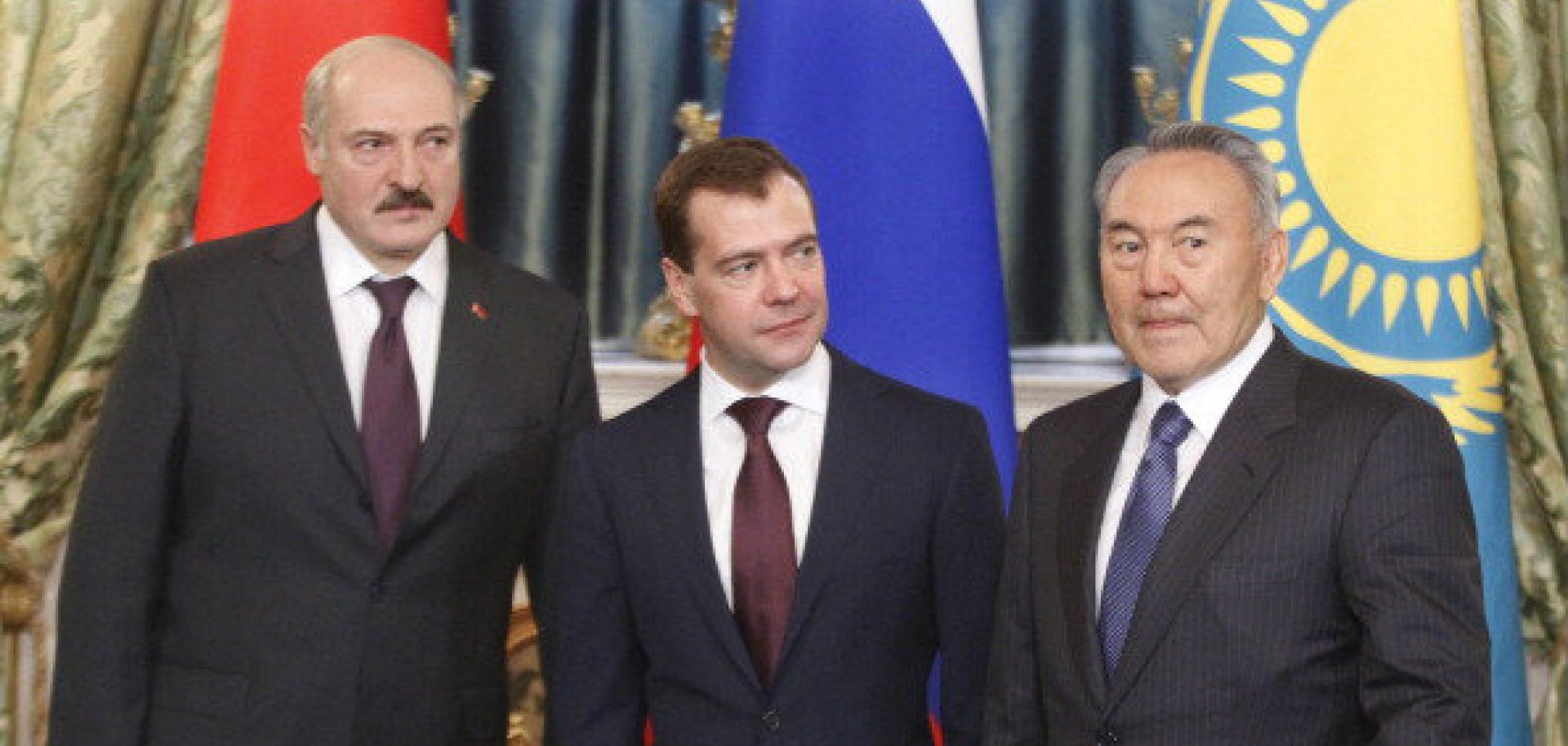ASSESSMENTS
Russia's Customs Union to Eurasian Union: An Evolution (Part 1)
Jul 24, 2012 | 10:01 GMT

MIKHAIL METZEL/AFP/Getty Images
Summary
Editor's Note: This is the first part of a series examining how the expansion of Russia's multinational economic grouping is designed to further Moscow's control in its near abroad. Read Part 2 here.
Mid-2012 marks the halfway point between Russia's formation of the Customs Union in 2010 and its planned debut of the Eurasian Union in 2015. Moscow planned for the Customs Union to evolve in multiple stages over the course of several years. These stages included the introduction of the unified Customs Code in July 2010, the adoption of a unified customs border in January 2011 and the formation of a Single Economic Space in 2012. The Eurasian Union is seen as the extension and evolution of these stages into their final form.
In a technical sense the Customs Union has not evolved into what Moscow said it hoped for. Still, Russia has made considerable progress in re-establishing influence in many of its former Soviet republics. The ongoing transition from Customs Union to the Eurasian Union is important to watch, but it should be seen as one aspect of Russia's broader strategy to increase its presence and heft within the former Soviet Union.
Subscribe Now
SubscribeAlready have an account?
